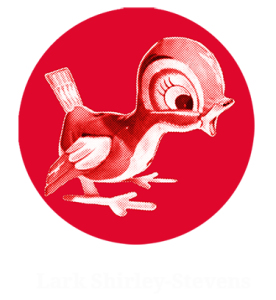Steam Punk & Pseudo Industrialism
The stand-out style in the furniture showrooms this April in High Point looked like they were found in a French flea market. While a few manufacturers kicked-off this style last year, the look was in full force with many imitators in many different showrooms. In general, the aesthetic includes raw, scrubbed wood finishes combined with metal in dull gun metal tones or with an oxidized patina. The lines on some of the case goods are utilitarian with sparse ornamentation and it is that aspect, in particular, that I find so very intriguing.
There is a faux aura of history to these pieces. At a few manufacturers some of the lumber may be reclaimed, but not enough to claim that the aesthetic is inspired by a desire to be “green.” For the most part, they are newly manufactured.
I believe the aesthetic is stemming from a nostalgia for the past as a reaction to all the amazing technology that is a part of our modern life. This is where “steam punk” comes into the picture. “What’s steam punk?” you say? Imagine that the steam engine, the pinnacle of technology in the Victorian era, was as good as it got and that all technology from that point forward was based on steam technology. Here’s another way to understand the aesthetic – you know the clockwork bad guy in the “Hell Boy” movie? He ran on steam. If you want to see the aesthetic in action, go to Etsy.com, type in steam punk and you will get 196 pages (over 500 individual items) of jewelry, clothing, accessories and decorative items that illustrate the style.
I won’t claim that the furniture designers are steam punk enthusiasts. But I will say it seems that there is a romantic nostalgia manifesting in furniture that is similar to the romantic nostalgia in the steam punk aesthetic. There is an implied narrative to the objects; it is as if the objects had a prior life that was very different form our own here and now. It’s like they came from an industrial past that never was. Contrast this with high def flat screen TVs and iPads and it seems that we are trying to compensate for the sterility of our modern technology by inventing an alternate past for the objects around us.

A furniture / accent decor industry trade publication recently noted the influence of steam punk on accessories at the Dallas Market.
Caroline Kennedy and Meredith Schwartz — Gifts and Dec, 7/1/2010 4:34:13 PM, http://www.giftsanddec.com/article/529864-Direct_from_Market_Dallas.php